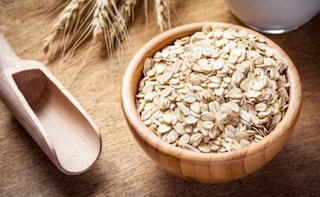Granola and oatmeal lovers in the U.S. may need to prepare for some sticker shock.
(This story has not been edited by NDTV staff and is auto-generated from a syndicated feed.)
Advertisement
Advertisement
Advertisement
Advertisement
(This story has not been edited by NDTV staff and is auto-generated from a syndicated feed.)
For the latest food news, health tips and recipes, like us on Facebook or follow us on Twitter and YouTube.
Advertisement
